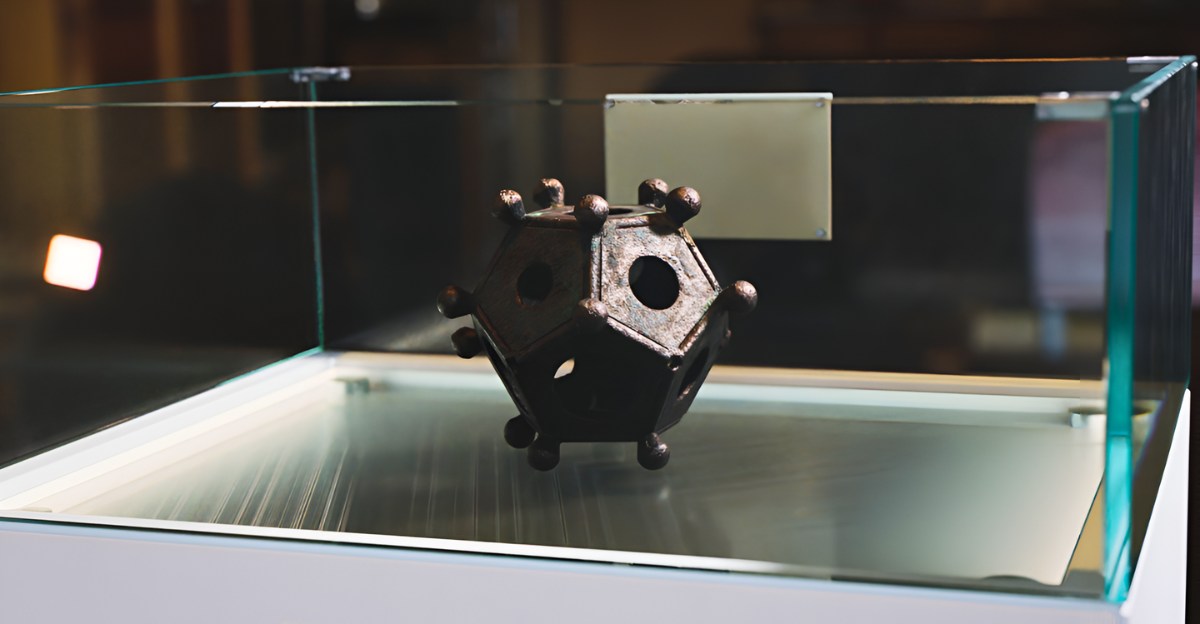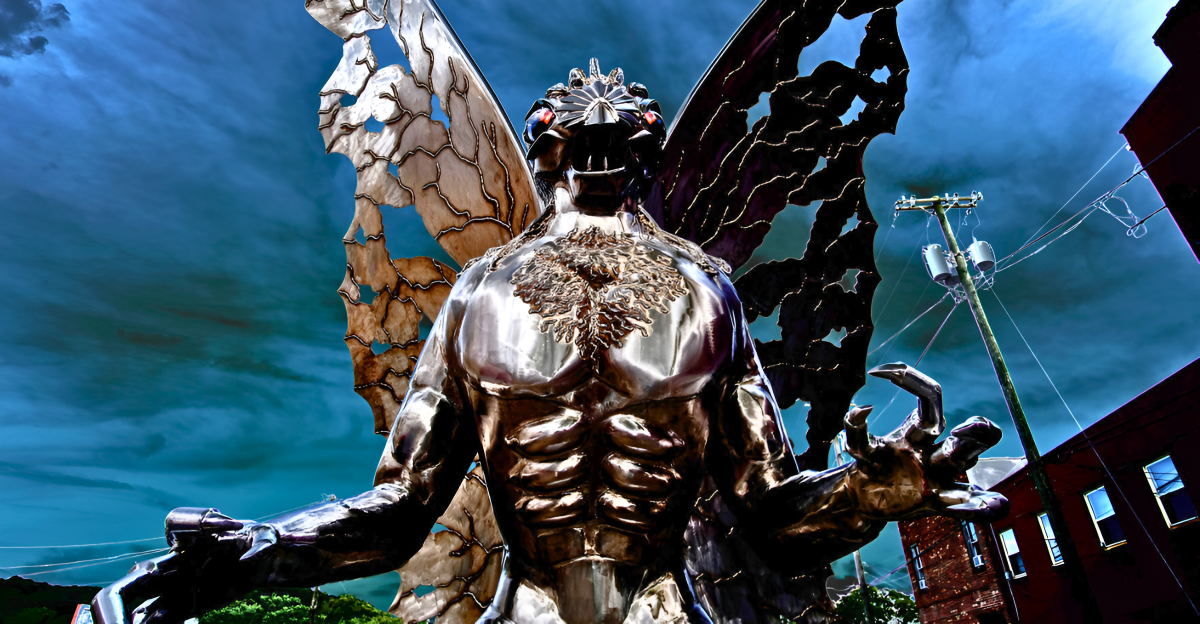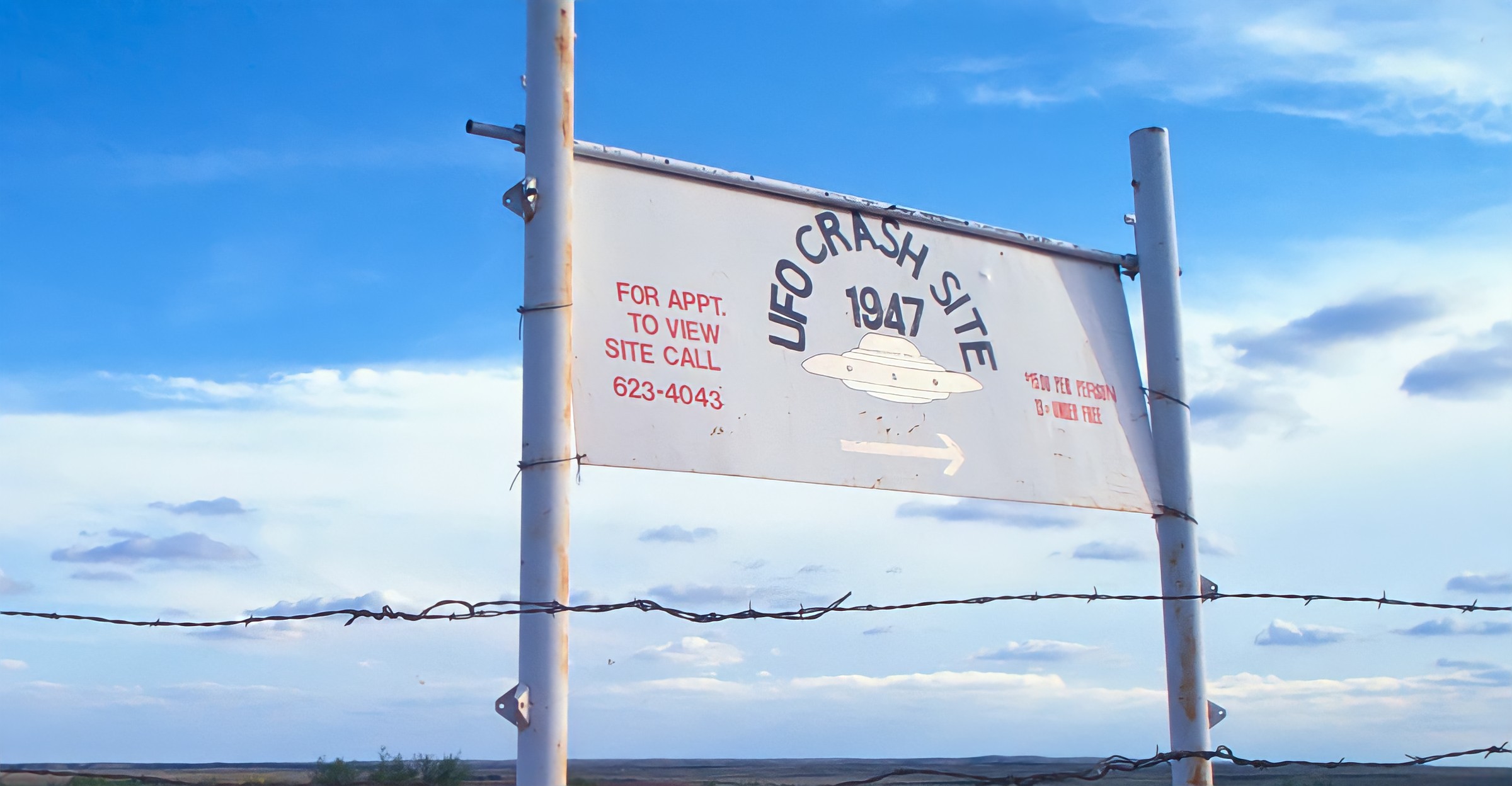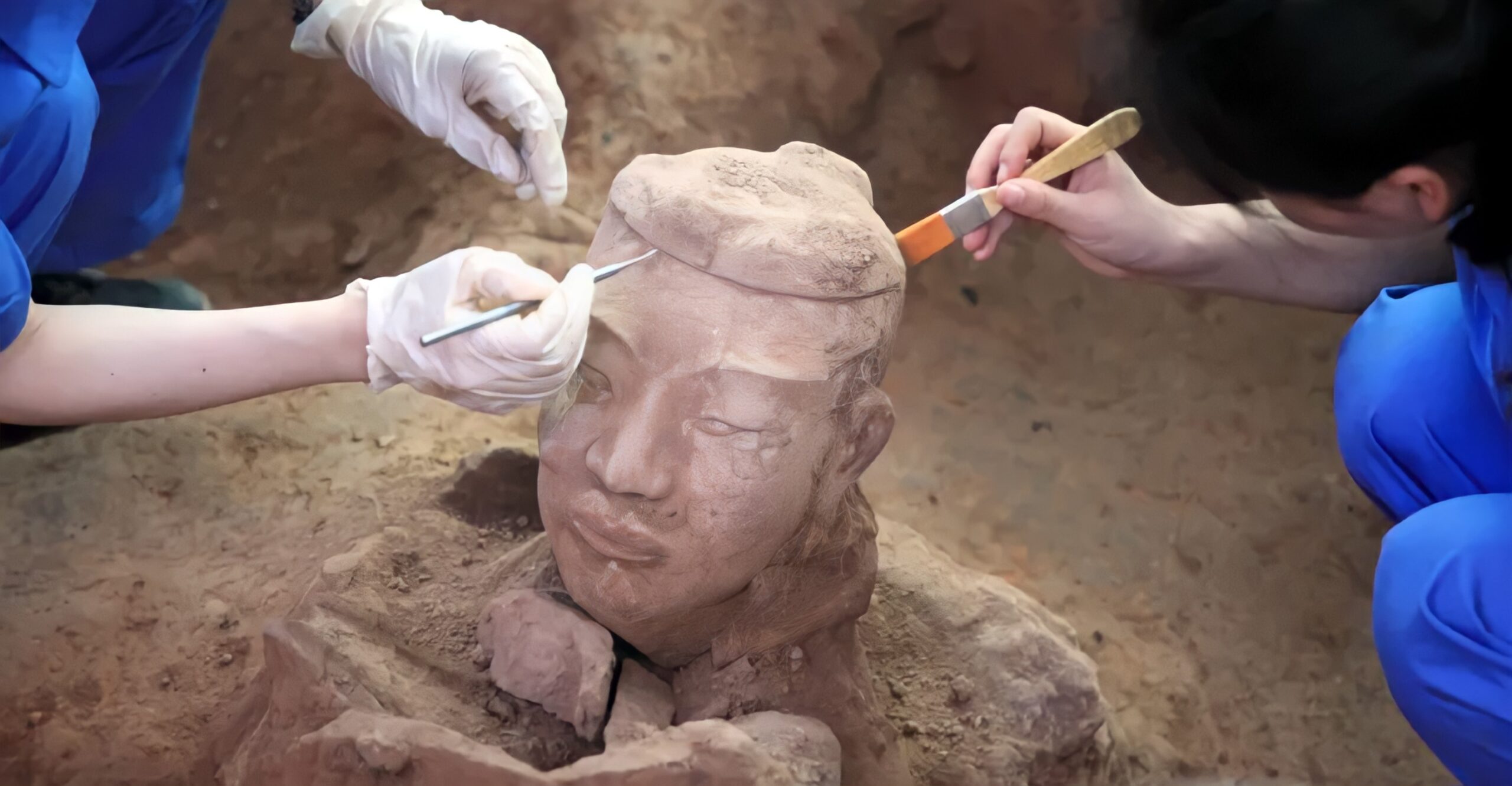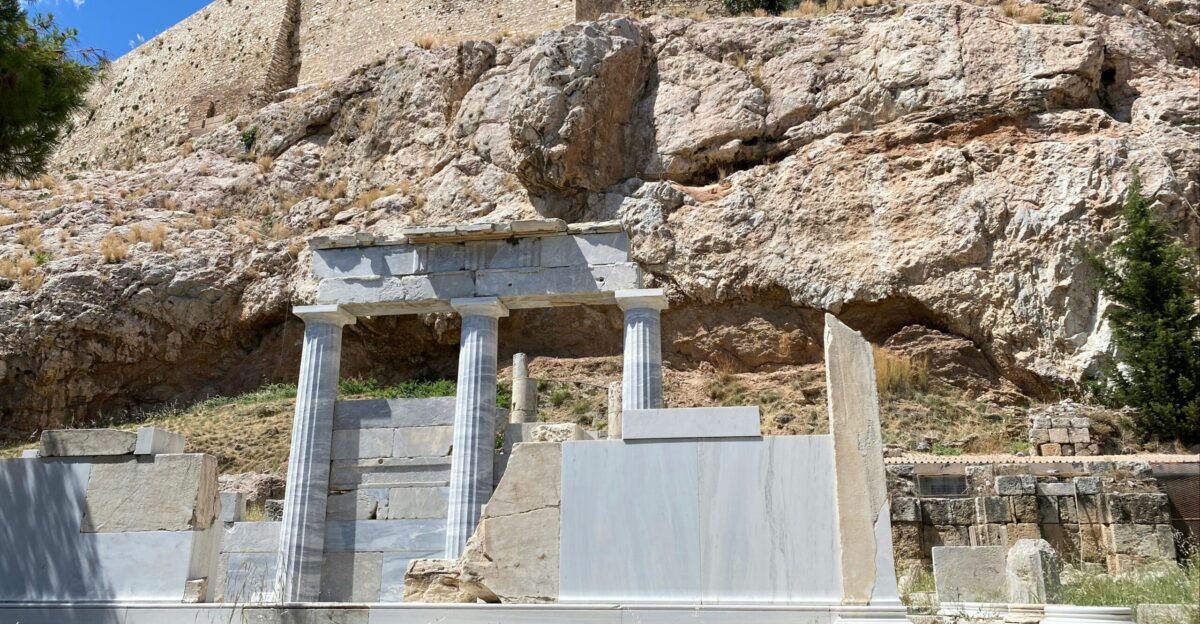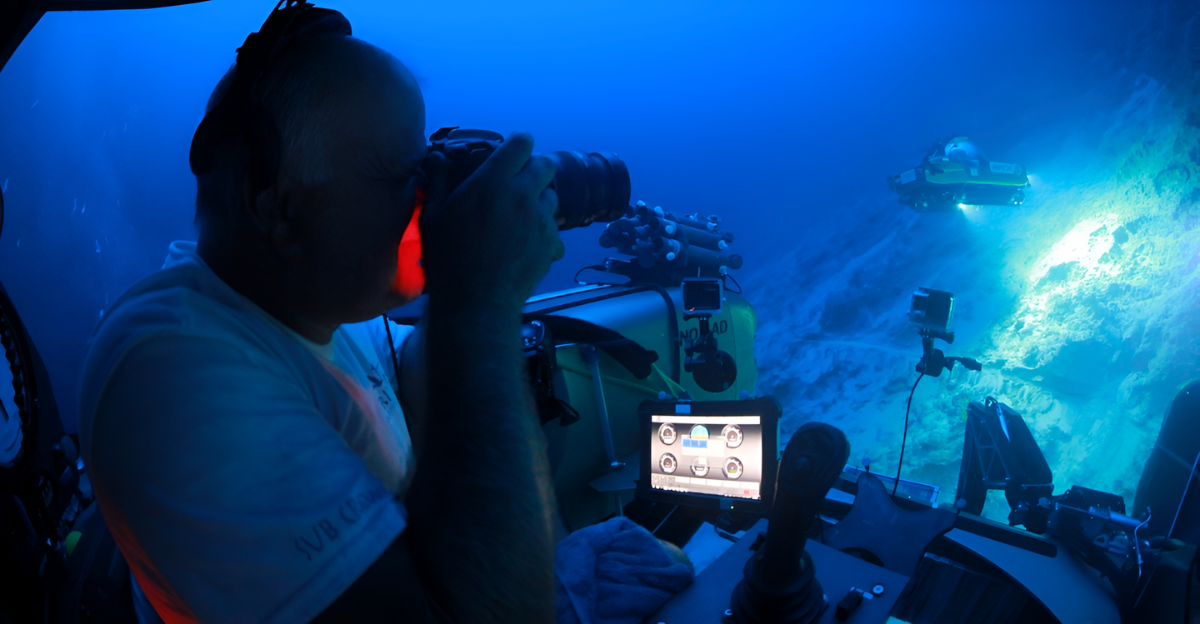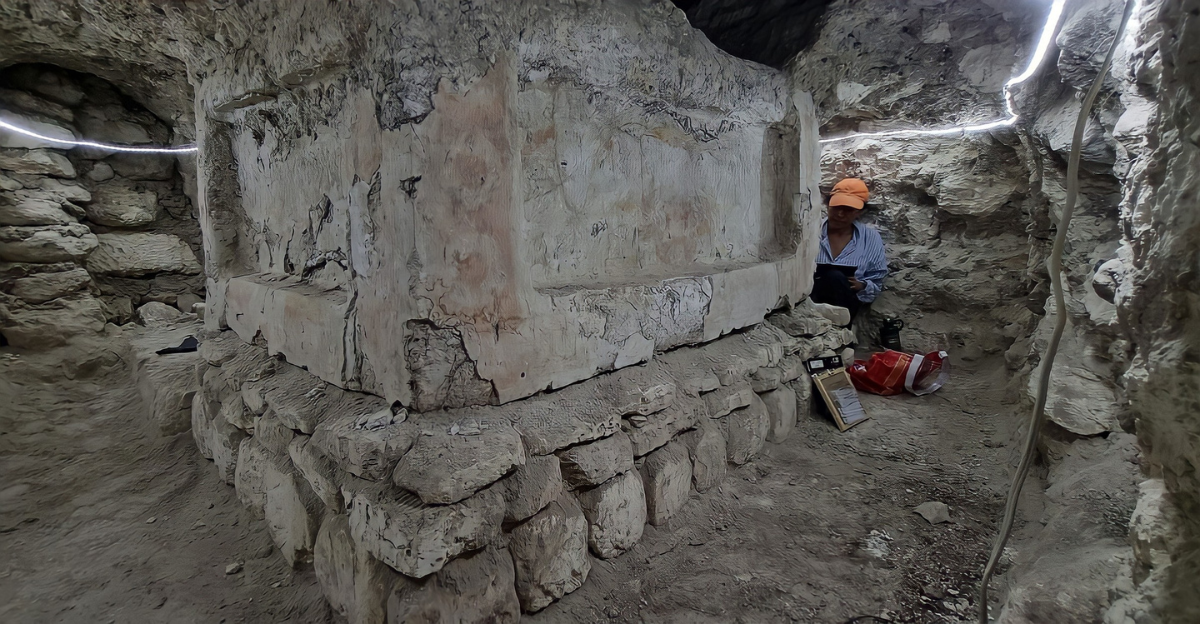
Recent news is that archaeologists have made a surprising discovery: an ancient altar hiding in a place least expected.
When it was first seen, experts thought it was just another historical find, but as they learned more, they realized that it could change what we know about ancient civilizations and how they interacted.
Let’s take a look at what this mysterious artifact might reveal.
Archaeological Experts Combine Talents
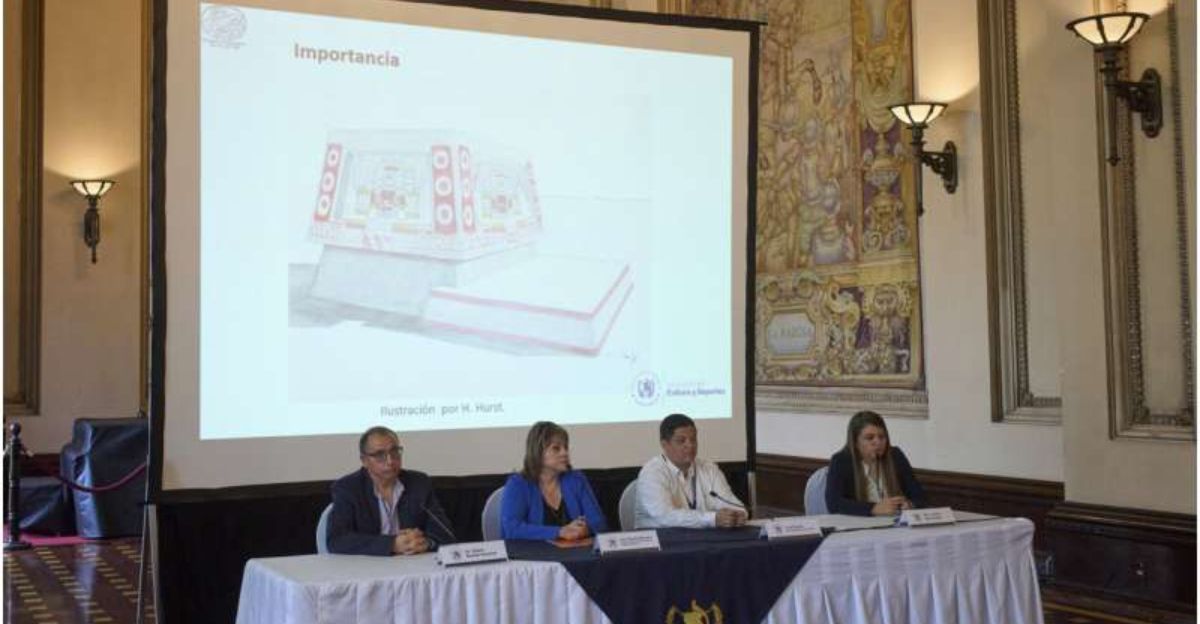
This discovery was made by a joint team of archaeologists worldwide, including students from Brown University and Guatemala’s Ministry of Culture and Sports.
Experts like Stephen Houston, a specialist in ancient Mayan culture, and Andrew Scherer, a professor of anthropology and archaeology, led this expedition. They have worked together before, unraveling mysteries on how ancient societies lived and what they believed in.
Archaeologist Lorena Paiz managed the local excavation to ensure the dig respected history and culture.
The Unique 1,700-Year-Old Find
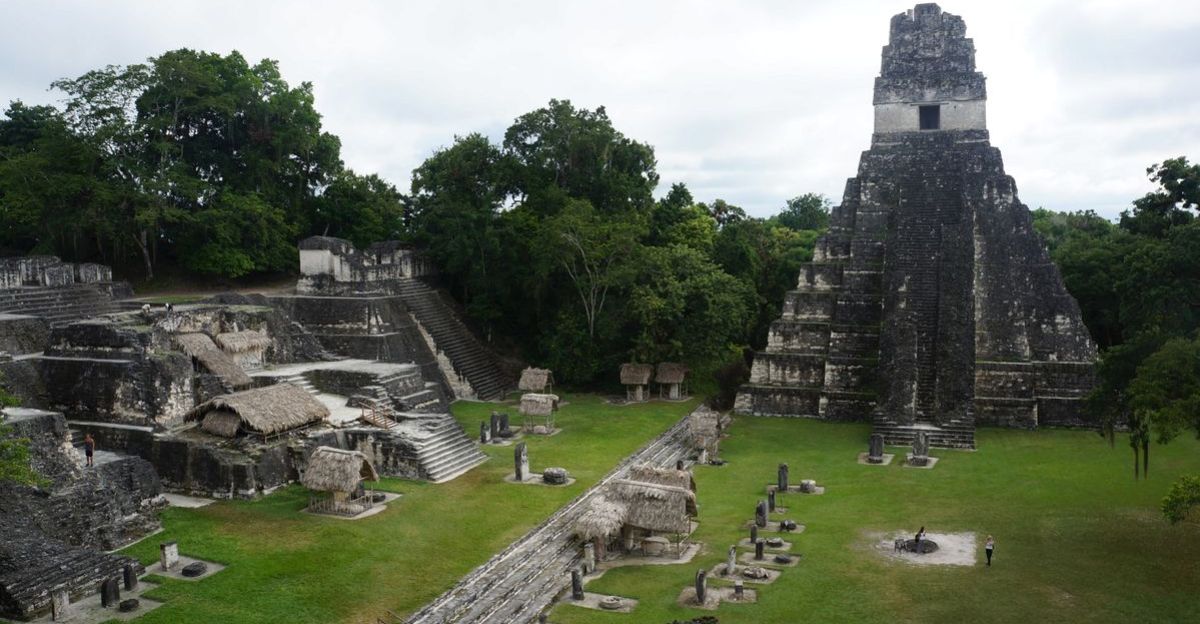
The archaeologists uncovered a 1,700-year-old altar, beautifully decorated and rectangular, under the ancient Maya city of Tikal, in what is now Guatemala.
The altar was about 3.5 by 6 feet across, with bright red, yellow, and black murals. The altar had been found in a private residential complex named Group 6D-XV. These experts immediately noticed the style of this altar, and it was not typical of the Mayan culture, so people from another civilization built it.
As the research team wrote in a statement, “Group 6D-XV was inhabited by individuals with strong ties to or from Teotihuacan, who, in addition to bringing their funeral and architectural traditions, were also free to manifest their own cultural identity and beliefs in a key space within Tikal. This confirms the cosmopolitan character of this important Mayan city.”
How Science Revealed the Altar
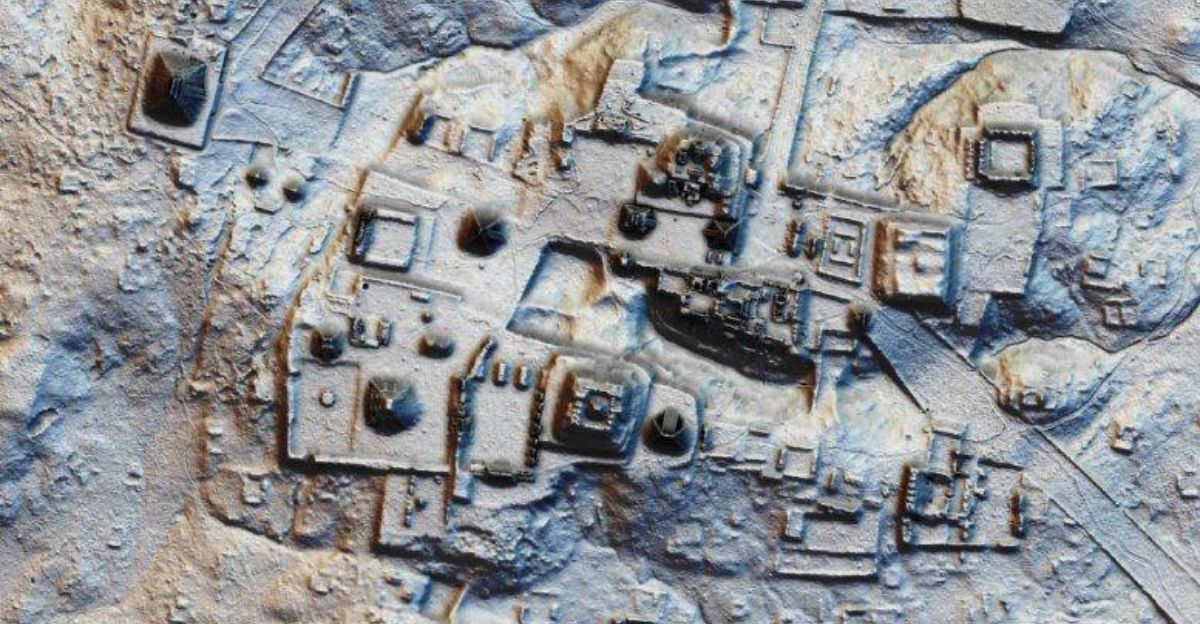
Fitsy’s research began in 2019, but the altar was only discovered in 2025. Scientists first used lidar technology (scanning from the sky), which hinted at artificial structures that the locals thought were hills. In fact, they turned out to be old ceremonial buildings, and now, the altar, too.
When they started clearing the site and cataloguing the artifacts, radiocarbon dating and artistic analysis confirmed the altar’s mid-fourth-century origins, a time of big changes for the ancient city of Tikal.
Professor Stephen Houston commented, “It’s increasingly clear that this was an extraordinary period of turbulence at Tikal.”
Tikal’s Role in Ancient Civilization
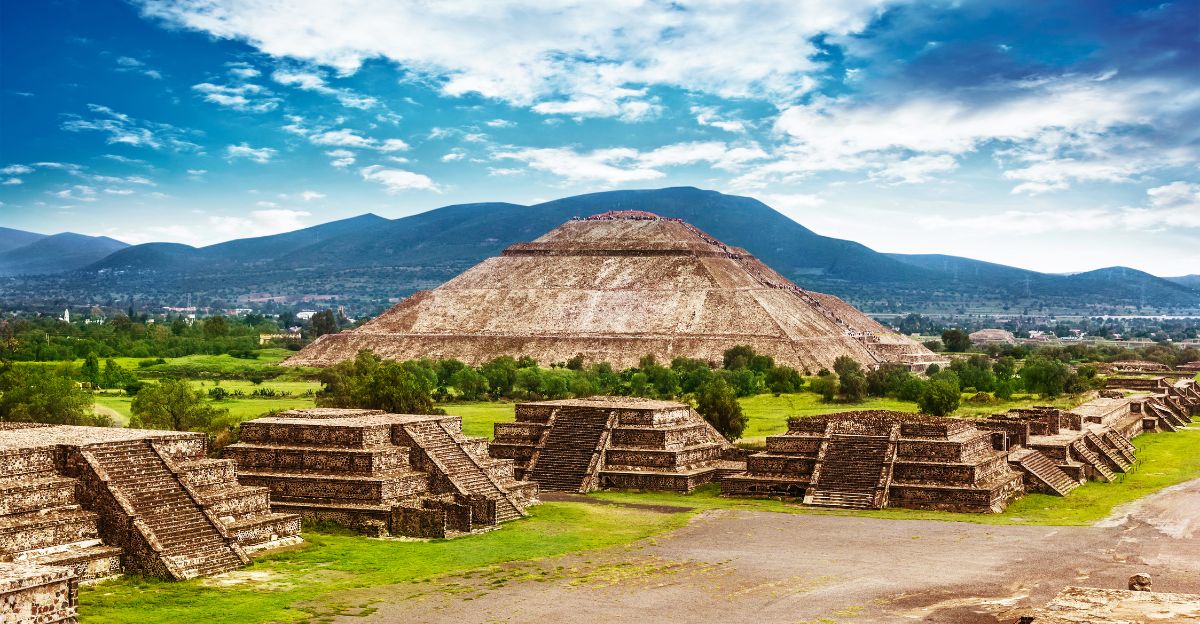
Tikal is a famous Maya city in the heart of Guatemala. The Maya first settled there around 850 B.C. and grew powerful over time.
But the altar’s style was very different—experts immediately saw signs of Teotihuacan, a big ancient city 630 miles away, in modern-day Mexico. The altar’s murals included images of Teotihuacan’s “Storm God,” a key deity in Mexico.
The way the altar was used also matched Teotihuacan rituals, which, unlike the Maya, focused more on gods than on human rulers.
New Evidence of Teotihuacan Authority
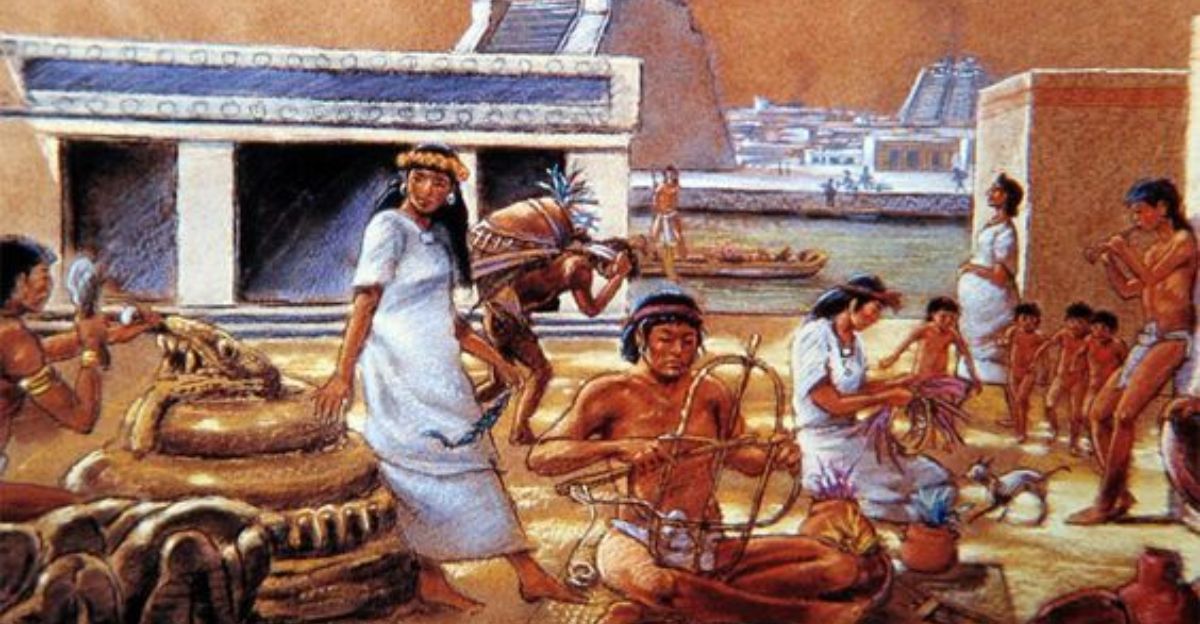
This discovery shows that people from Teotihuacan greatly affected life in Tikal. There have been hints that these two cultures traded and talked, but after finding this altar, it shows they shared much more, including religion.
In the words of Stephen Houston, “What the altar confirms is that wealthy leaders from Teotihuacan came to Tikal and created replicas of ritual facilities that would have existed in their home city. It shows Teotihuacan left a heavy imprint there.”
Ritual Burial and Its Meaning
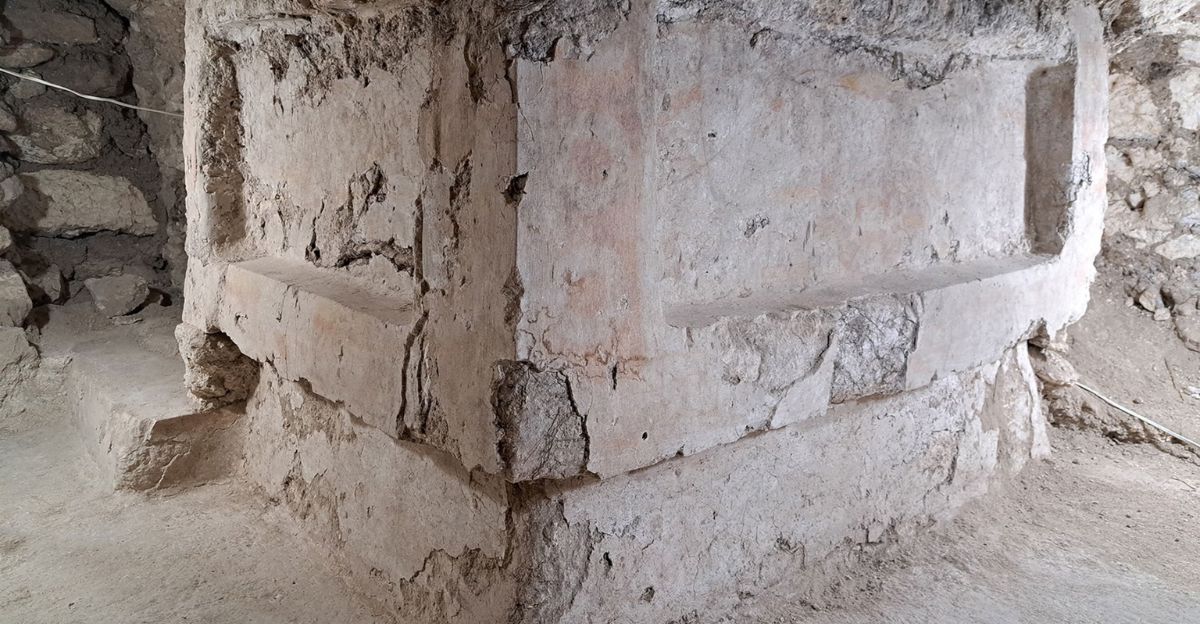
How the altar and its buildings were found makes them even more intriguing. The Maya usually destroyed or reused old buildings, but these were buried on purpose and left alone for hundreds of years.
This suggests that later people avoided the site, maybe because they remembered bad events or were afraid of what it represented.
The untouched area in such a good location shows this moment’s profound and lasting impact on history.
Symbols from a Foreign Land
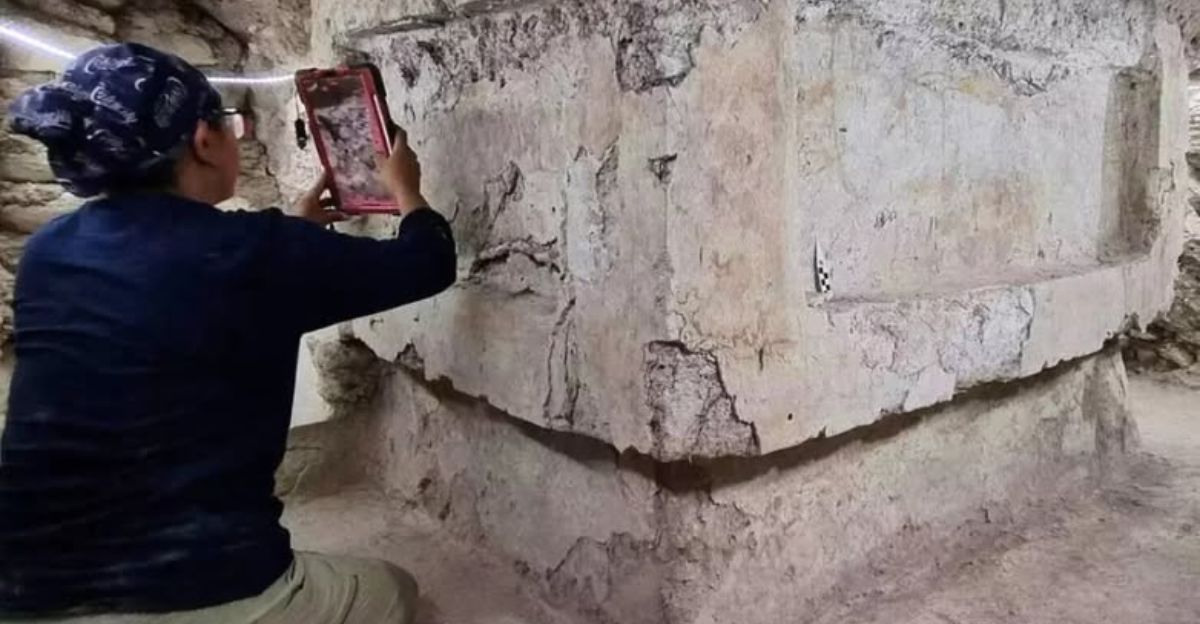
Upon further investigation, experts have found great decoration on the altar. Painted panels display a person with a feathered headdress, shields, almond-shaped eyes, a nose bar, and double earspools—iconography correlating with central Mexican gods.
The altar was proper in the middle of the building, another Teotihuacan tradition.
As Lorena Paiz described, “The Teotihuacan residential complexes were houses with rooms and in the center altars; that’s what the residence that was found is like, with an altar with the figure representing the Storm Goddess.”
The Evidence of Ancient Ritual Sacrifice
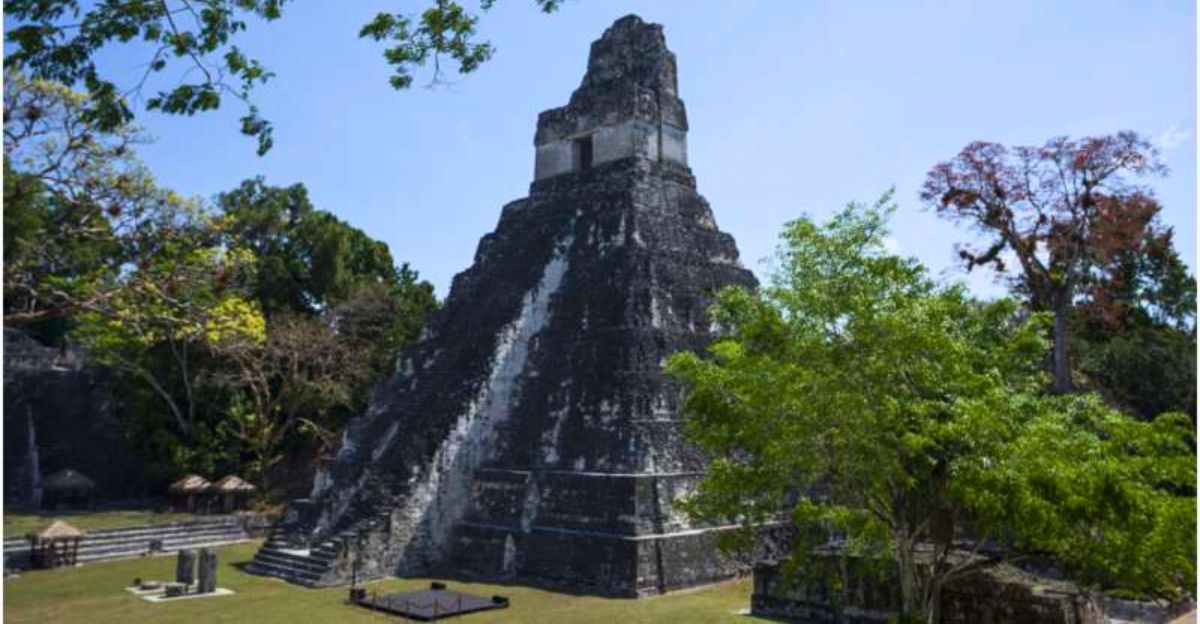
Tragically, the archaeologists also found human remains near the altar. Lorena Paiz noted, “On three sides of the altar, we discovered the remains of three children, each under the age of 4.”
Inside the altar, they also found remains of an adult and another child.
These kinds of burials were more common in Teotihuacan rituals, which suggests that these people might have been sacrificed as part of some religious ceremonies.
A Year That Changed Tikal’s Destiny
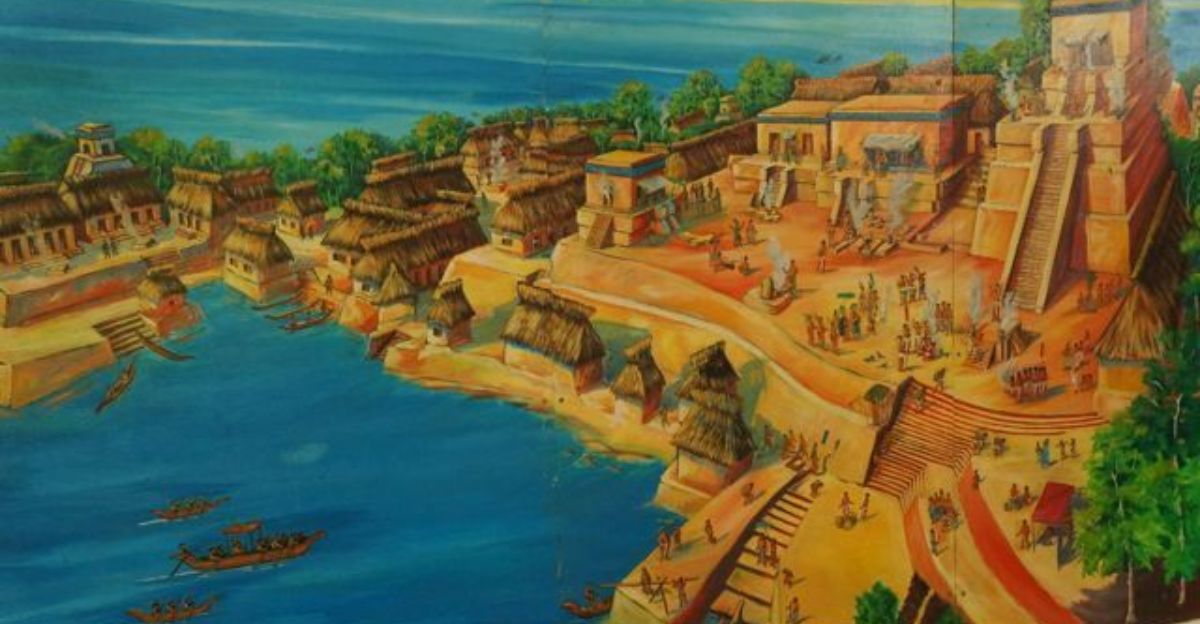
History books describe that, in 378 AD, a group from Teotihuacan overthrew the Maya king of Tikal and appointed their own leader.
This changed everything, including Tikal’s art, politics, and traditions, which started to show more and more outside influence.
The altar’s age and style fit perfectly with this time of takeover and significant change.
Teotihuacan Structures in the Maya City
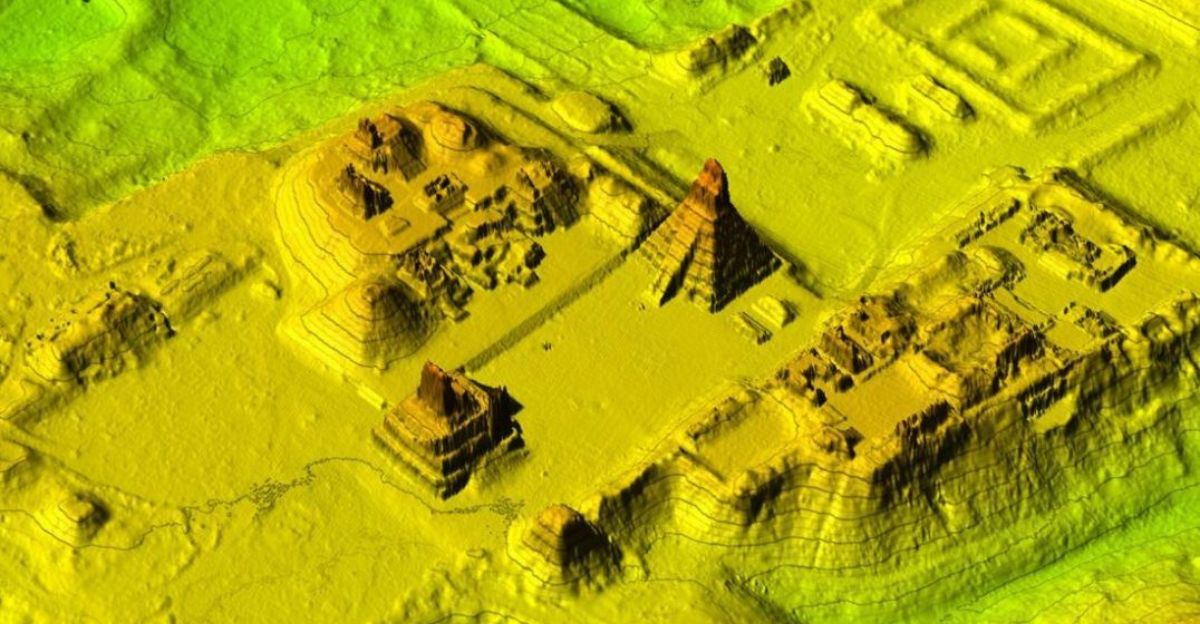
Further research by the Brown University team using lidar and traditional archaeological methods showed that Tikal also contained a smaller version of Teotihuacan’s famous citadel, hidden under another hill.
Building these copies further supports the idea that Teotihuacan’s leaders wanted to spread their culture in Maya cities, using rituals and impressive buildings to demonstrate their power.
A Site to Respect or Fear
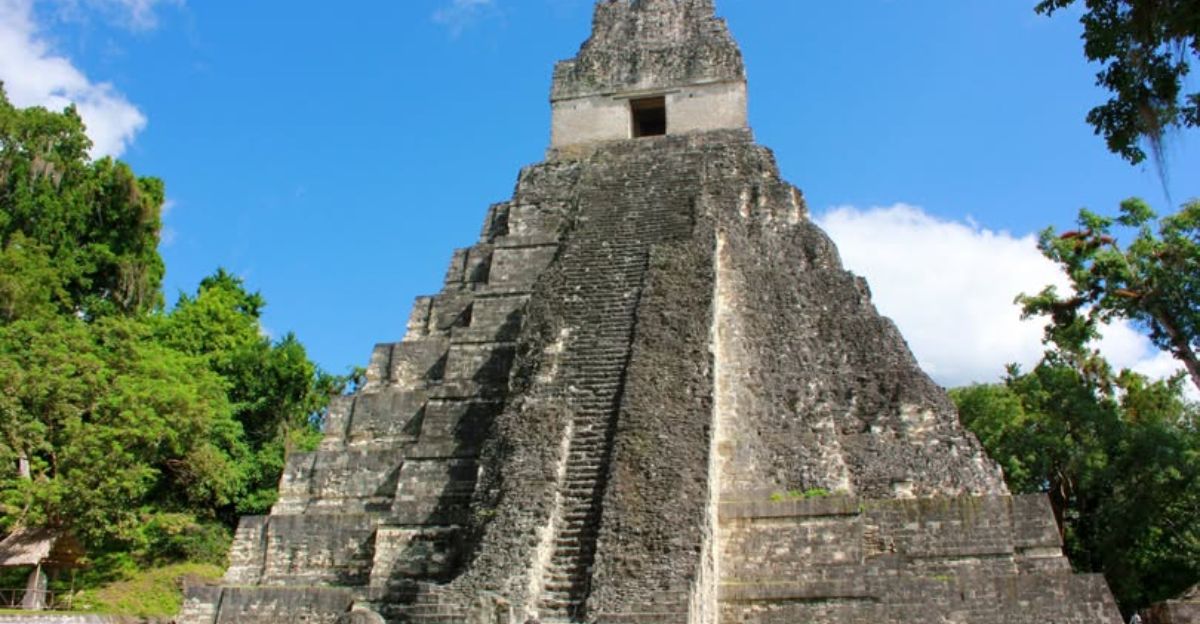
Experts have hinted that the way the altar and buildings were buried and left suggests that it was a way for future people to either remember or be warned about a dramatic moment in history.
The untouched area may have become a place people respected or feared, similar to how we sometimes save old battlefields or sites of disasters.
Long-Lasting Ties Revealed
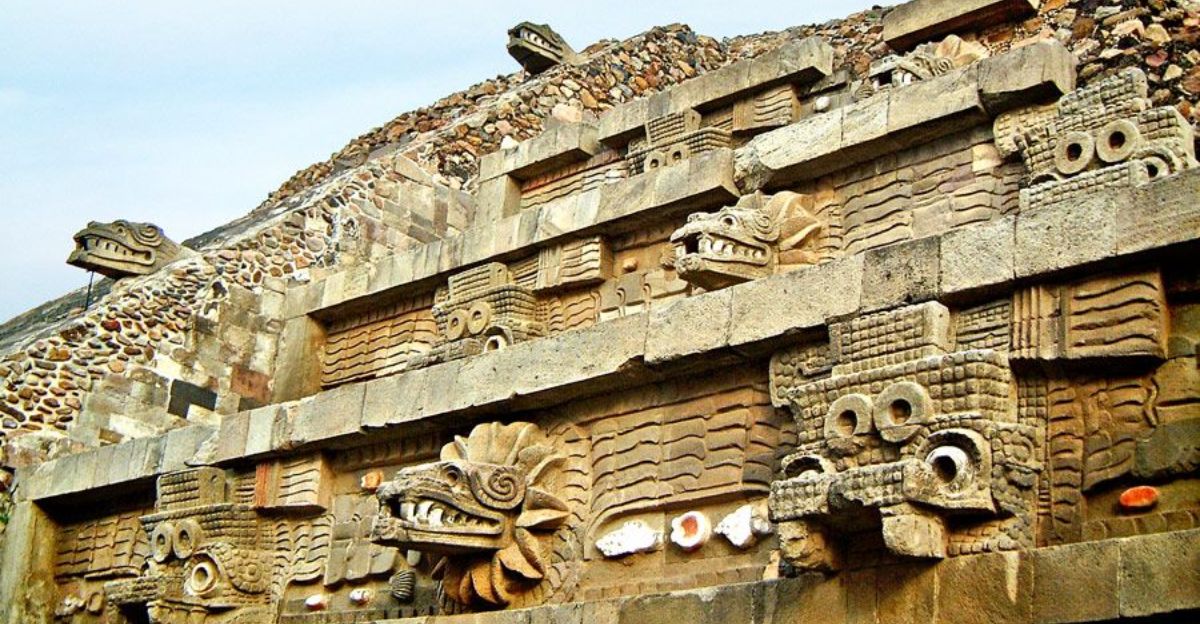
Before, many thought the contact between the two cultures was brief, just about trade or a few visitors.
Teotihuacan’s presence seemed more controlling and lasted longer, even shaping local politics and daily life.
Andrew Scherer observed, “The growing sense of things is that rather than just a few folks coming down from central Mexico to sort of trade or interact at Tikal, they were more deeply embedded in the politics and the daily life.” Tikal’s later success may have been influenced in good and bad ways.
Tools Shaping Modern Discoveries

This discovery is one of many made possible by new technology and better research methods in Mesoamerican archaeology.
Lidar scanning and very careful digging are helping scientists find hidden cities, understand sacred places, and uncover the complicated relationships between ancient societies, including everything from partnership to spying and warfare.
Every discovery helps experts to piece together the story of these lost worlds.
The Altar’s Enduring Impact
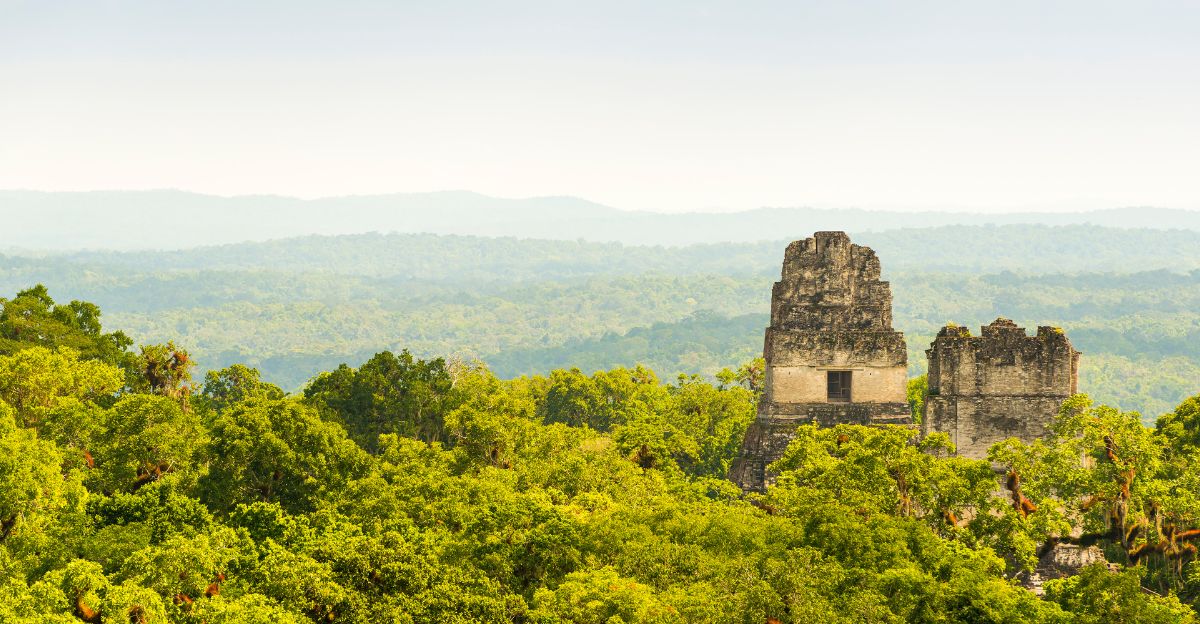
Finding the 1,700-year-old altar has made experts question old beliefs about how ancient cultures met, mixed, and sometimes fought.
The discovery shows that history can take unexpected turns and that even long-buried secrets can give us surprising new insights into the past.

